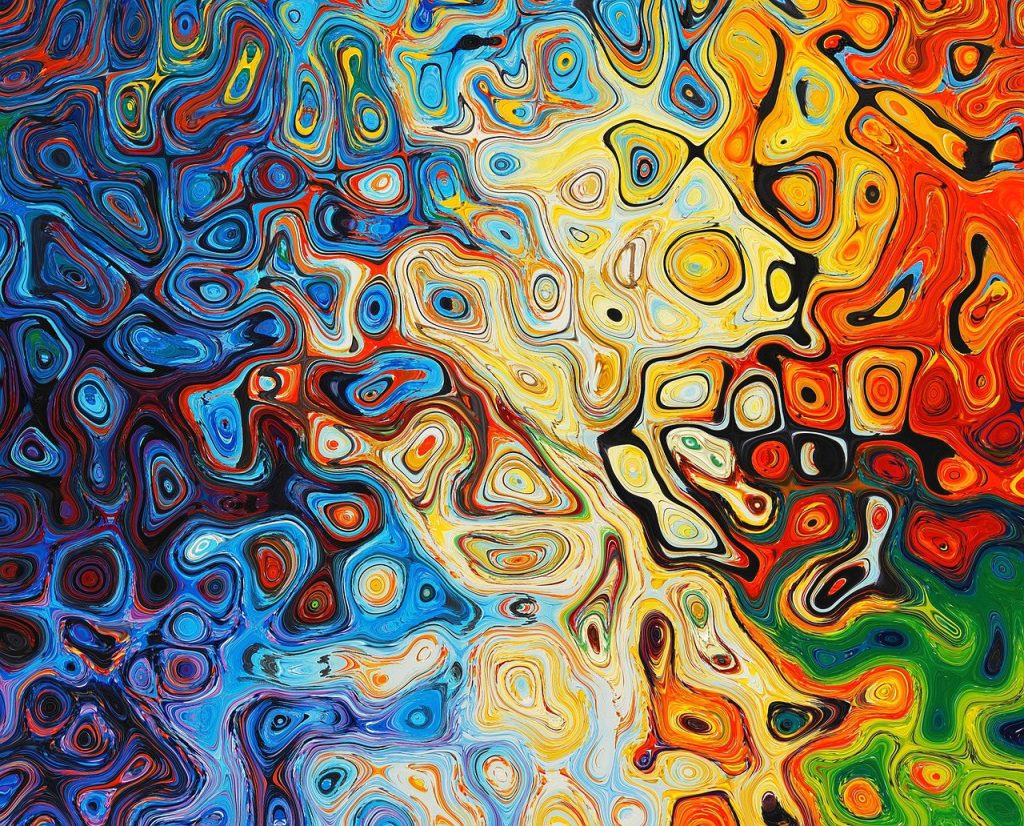In the digital age, the realm of design has blossomed in ways unprecedented. Thanks to cutting-edge graphic design software and innovative digital art platforms, artists have the ability to transform mere pixels on a screen into printable masterpieces. One of the most celebrated embodiments of this digital skill is the crafting of beautiful posters. These aren’t just decor, they also symbolize the ever evolving nature of art in this digital era. Simple in essence, but profound in representation, these posters capture the seamless blend of technology and creativity.

The Evolution of Graphic Design
Graphic design’s story began long before digital tools entered the scene. In ancient times, people used symbols and drawings on cave walls to communicate, which represents our earliest form of design. As centuries passed, the Renaissance era saw advancements in printing techniques, with Johannes Gutenberg introducing the printing press in the 15th century. This opened doors for mass produced books and a rise in typography and layout design.
Fast forward to the 20th century, as graphic design started taking a more commercial turn, artists like Saul Bass brought design to movie posters and corporate logos. The late 1980s and 1990s were crucial. The introduction of software like Adobe Photoshop and Illustrator in the late 80s and early 90s revolutionized design, shifting it from hand-drawn to digital. Platforms like CorelDRAW and InDesign followed, offering artists an array of tools. Today, with platforms such as Canva and Figma, even beginners can try their hand at design, showing just how far we’ve come from cave walls to digital canvases.
From Screen to Print: The Process
Turning a digital creation into a touchable poster isn’t just about hitting the ‘print’ button. It’s an attentive process, demanding precision at each step. First, there’s the consideration of color. On screens, colors are emitted as light, but in print, they’re absorbed. This is why color calibration is crucial. Using tools like ICC profiles ensures that what you see on screen matches the printed outcome.
Resolution is the next big player. A design may look crisp on your monitor, but without the right resolution, it could print blurry. For a sharp poster, a resolution of at least 300 DPI (dots per inch) is recommended. Then comes the printing technique. Methods like offset printing and digital printing have their own advantages, depending on the design’s complexity and the number of copies needed.
Artists today are also lucky to have platforms like Society6 or Redbubble. These sites not only allow them to showcase their digital artworks, but also offer a marketplace where fans can purchase their designs as posters, ensuring that their digital artistry finds a place on walls worldwide.
The Impact of Digital Design on Home Decor
Digital designs, once given life as posters have reshaped modern home decor. Their appeal lies in their versatility. Whether you’re a fan of minimalist art, abstract designs or intricate patterns, there’s a poster for every taste. This versatility makes it easy for homeowners to switch up their decor without major renovations.
Beyond flexibility, there’s affordability. Commissioning a hand-painted piece can be costly, but digital posters offer a more budget-friendly way to introduce art into a space. Plus, the personal touch is undeniable. Sites like Etsy let you find designs that resonate with you, or even customize them for that extra special touch.
Peering into the future, the realm of home decor is only going to get more exciting. Imagine augmented reality tools that let you visualize a poster on your wall before buying. Or 3D printed artworks that add depth and dimension to your space. The blend of tech and art is still young, and the possibilities seem boundless. As we advance, the line between the digital and tangible might just blur, leading to an enriched art experience.




